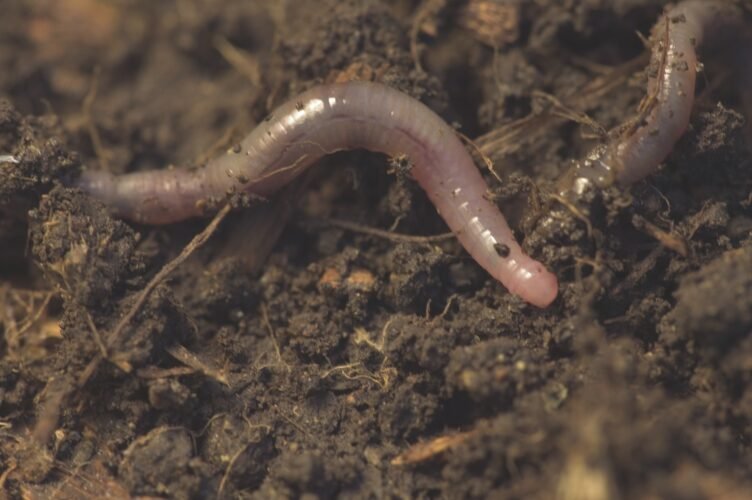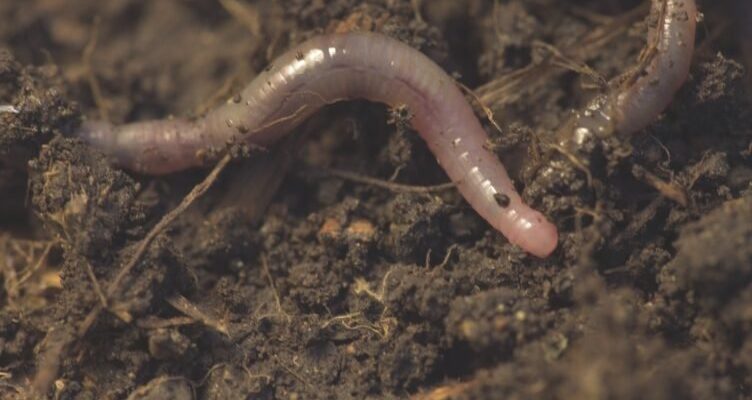
So, why is this all important? Well, many areas of earth are suffering from soil depletion due to over-farming, pollution, and neglect. This degradation makes it harder for plants to grow, affecting food production and natural ecosystems. Here’s where our friends, the earthworms, come in. Using them for soil rehabilitation is not only a natural method but also a sustainable one. Let’s dive deeper into how these creatures can revolutionize the way we care for our soil.
The Role of Earthworms in Soil Health
Earthworms are like the unsung heroes of the ecosystem, working behind the scenes to keep our soil healthy. When they travel through the ground, they create channels in the soil, which improves *aeration* and *drainage*. These channels allow water to penetrate deeper, promoting root growth and access to nutrients.
But that’s not all! As earthworms consume organic matter—think dead leaves and decaying roots—they break it down into *humus*, a rich organic material. Humus is essential because it holds moisture and nutrients, making them available to plants. Without earthworms, this process would take much longer, leading to nutrient-poor soils over time.
You might be wondering how earthworms go about their business. As they burrow, they excrete *castings*, which are basically worm poop. And believe it or not, these castings are incredibly nutrient-rich! They contain nitrogen, phosphorus, and potassium—key nutrients plants crave. This natural fertilizer helps nourish plants without the need for synthetic chemicals.
Types of Earthworms for Soil Rehabilitation
Not all earthworms are created equal. There are over 6,000 species of earthworms, but not every type is effective for soil rehabilitation. The most popular for this job are *red wigglers* (Eisenia fetida) and *common earthworms* (Lumbricus terrestris).
Red wigglers are champions in composting. They thrive in organic matter and are fantastic for turning kitchen scraps into rich compost. You can easily find them at gardening centers or even online. These worms prefer warmer conditions and can be kept in bins indoors or outdoors.
On the other hand, common earthworms are more suited to open gardens and natural settings. They burrow deeper and can help improve larger areas of soil. Their ability to travel through different types of soil makes them invaluable for rehabilitating land that’s been heavily farmed or disturbed.
When choosing earthworms for your project, consider the environment. If you need worms for a compost pile, opt for red wigglers. For garden soil rehabilitation, common earthworms will do the trick.
How to Introduce Earthworms to Your Soil
Bringing earthworms into your soil is a relatively simple process. Here’s a step-by-step guide to help you get started:
1. **Assess Your Soil**: Look for signs of depletion. Is the soil compacted? Does it drain poorly? If so, earthworms can help rejuvenate it.
2. **Choose Your Worms**: Decide whether you want red wigglers or common earthworms based on your needs.
3. **Prepare Your Area**: If you’re using red wigglers, set up a compost bin with kitchen scraps like vegetable peels, coffee grounds, and leaves. For larger areas, you can simply add the earthworms directly into the soil.
4. **Introduce the Worms**: Gently place the worms in the prepared area. If they’re in a compost bin, they’ll naturally start breaking down the organic matter, enriching the compost in the process.
5. **Monitor and Adjust**: Keep an eye on moisture levels and soil health. If the soil is too dry, earthworms may struggle to thrive.
By introducing earthworms into your soil, you’re not just helping the earth; you’re also creating a thriving ecosystem right in your backyard!
Benefits of Using Earthworms in Soil Rehabilitation
The advantages of using earthworms for soil rehabilitation are numerous and impactful. For starters, they naturally enhance soil fertility. In a world obsessed with chemical fertilizers, using earthworms offers a sustainable, eco-friendly alternative.
**Cost-effectiveness** is another major perk. Instead of splurging on chemical treatments or soil amendments, you can invest in earthworms, which will continue to reproduce and improve your soil over time.
Additionally, earthworms improve soil structure, which is vital for water retention. This means during dry spells, your plants will have better access to moisture. Healthier soil also leads to healthier plants, resulting in higher yields if you’re gardening or farming for food.
Lastly, using earthworms helps support biodiversity. When you rehabilitate the soil, you create a better environment for other organisms, like beneficial bacteria and insects. This interconnected web of life is crucial for maintaining a healthy ecosystem.
Common Challenges and Solutions
Even though using earthworms is a fabulous approach to rehabilitating soil, there can be challenges. One common issue is the **lack of moisture**. Earthworms need a certain level of moisture to survive. If your soil is too dry, the worms may struggle.
Here’s the thing: To keep your earthworms happy, make sure to water your soil regularly, especially during dry spells. You don’t want to drown them, just keep it damp.
Another challenge can be **pesticides and chemicals**. If your garden has been treated with chemicals, earthworms might not thrive. Before introducing them, consider organic gardening methods to create a healthy environment.
Lastly, **temperature** is key. Earthworms prefer a moderate climate. If temperatures drop too low or rise too high, worms can seek shelter or die off. If you’re in a region with extreme temperatures, consider using compost bins to help regulate their environment.
Using earthworms to rehabilitate depleted soils is not just a gardening trend; it’s a powerful method for restoring health to the earth. These simple creatures contribute significantly to nutrient cycling, soil structure, and biodiversity. Plus, incorporating earthworms into your soil rehabilitation efforts is a sustainable and cost-effective choice.
As we face the challenges of soil depletion and environmental change, turning to nature for solutions might just be the way forward. So, why not give it a try? You’ll not only be nurturing your garden but also making a positive impact on the environment. Embrace the power of earthworms and watch your soil—and your plants—thrive!

